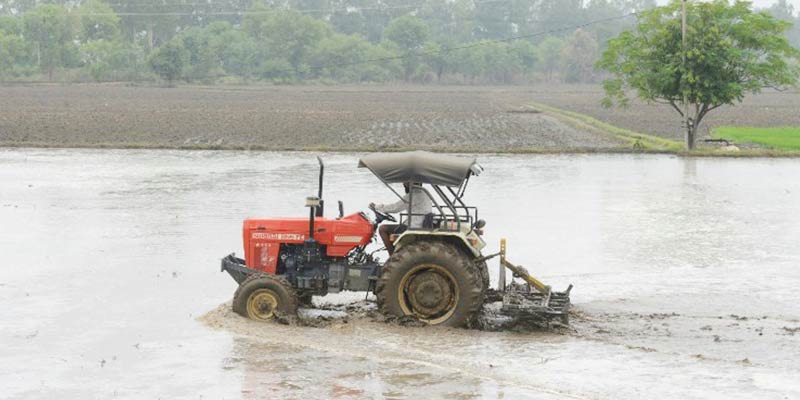- India
- Mar 19
‘India uses 24% of global groundwater’
India accounts for almost one-fourth of the total groundwater extracted globally, more than that of China and the US combined, according to a new report.
Export of food and clothing, while important sources of income, exacerbates this problem if production is not made sustainable, making it harder for many poor and marginalised communities to get access to clean water, warned the report released by WaterAid to mark World Water Day on March 22.
The report by WaterAid, a non-profit organisation, titled ‘Beneath the Surface: The State of the World’s Water 2019’, said India accounted for almost one-fourth of the total groundwater extracted globally.
It said India also used the largest amount of groundwater - 24 per cent of the global total - and its rate of groundwater depletion increased by 23 per cent between 2000 and 2010.
“India is the third largest exporter of groundwater - 12 per cent of the global total,” the report said.
It further said wheat and rice were the two most important and highest water-guzzling crops that India produced.
“Rice is the least water-efficient grain and wheat has been the main driver in increasing irrigation stress. Replacing rice and wheat with other crops like maize, millets, sorghum mapped to suitable geographies could reduce irrigation water demand by one-third,” it said.
“Though replacement of rice and wheat crops is challenging, in an ideal scenario, choice of crop needs to be matched with ecology and the amount of water available in the area it is being produced in,” it said.
Noting that 1 kg of wheat required an average 1,654 litres of water, the report said 1 kg of rice requires an average 2,800 litres of water.
“So, just for rice, a family of four consumes approximately 84,600 litres of virtual water in a month,” it said.
“In 2014-15, India exported 37.2 lakh tonnes of basmati. To export this rice, the country used around 10 trillion litres of water, meaning India virtually exported 10 trillion litres of water,” it said.
WaterAid India CEO V.K. Madhavan called for production of these goods to be made more sustainable and for consumers to be more thoughtful in their purchasing habits.
He said lack of access to clean water pushes the marginalised and vulnerable communities towards a vicious circle of poverty.
Madhavan said there is a dire need to invest in making clean water within the household accessible to everyone, everywhere.
India is currently ranked 120 among 122 countries in the water quality index.
In 2015, India committed to the UN Sustainable Development Goal 6, which promises that by 2030 everyone will have access to clean water, decent sanitation and good hygiene. The human right to water must take priority ahead of other competing demands.

